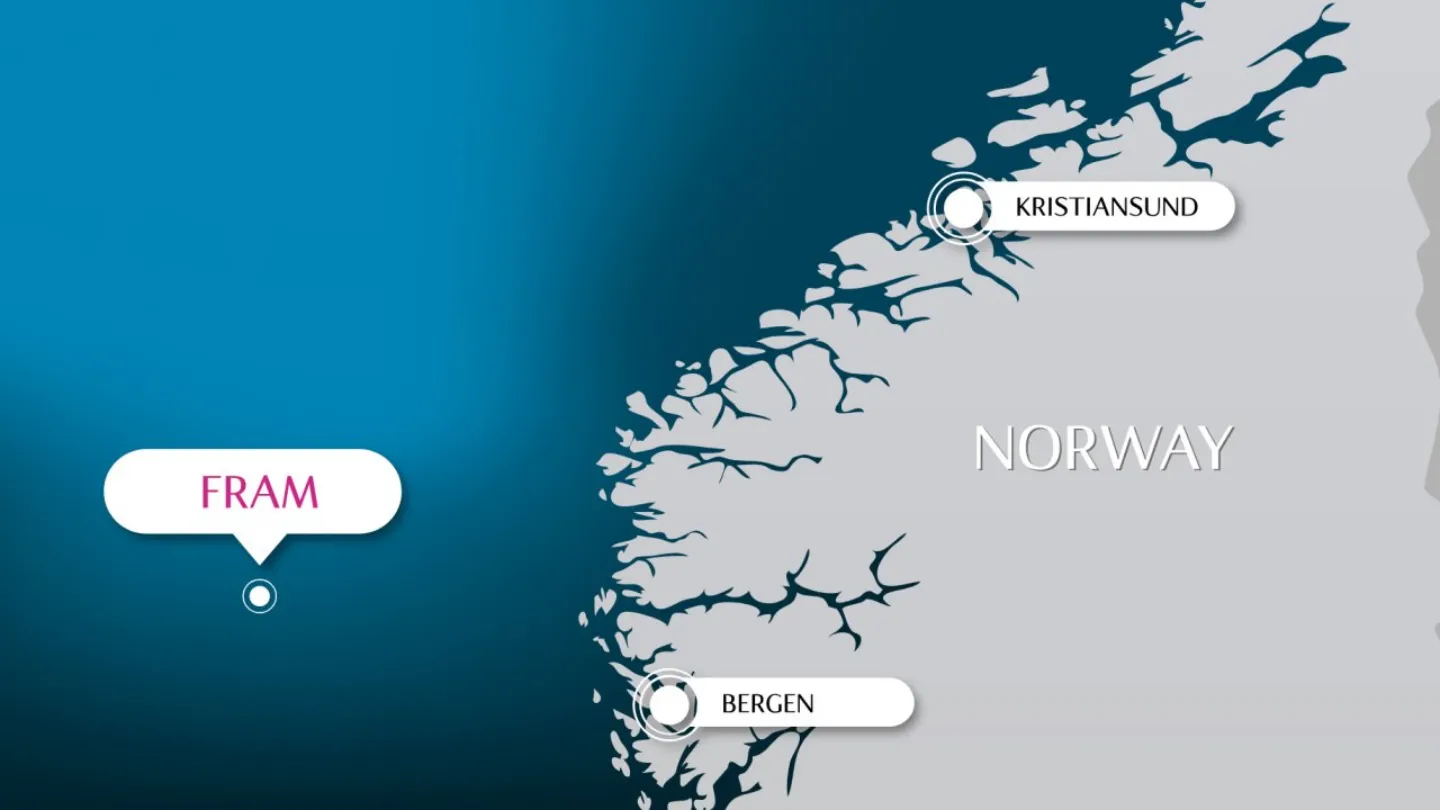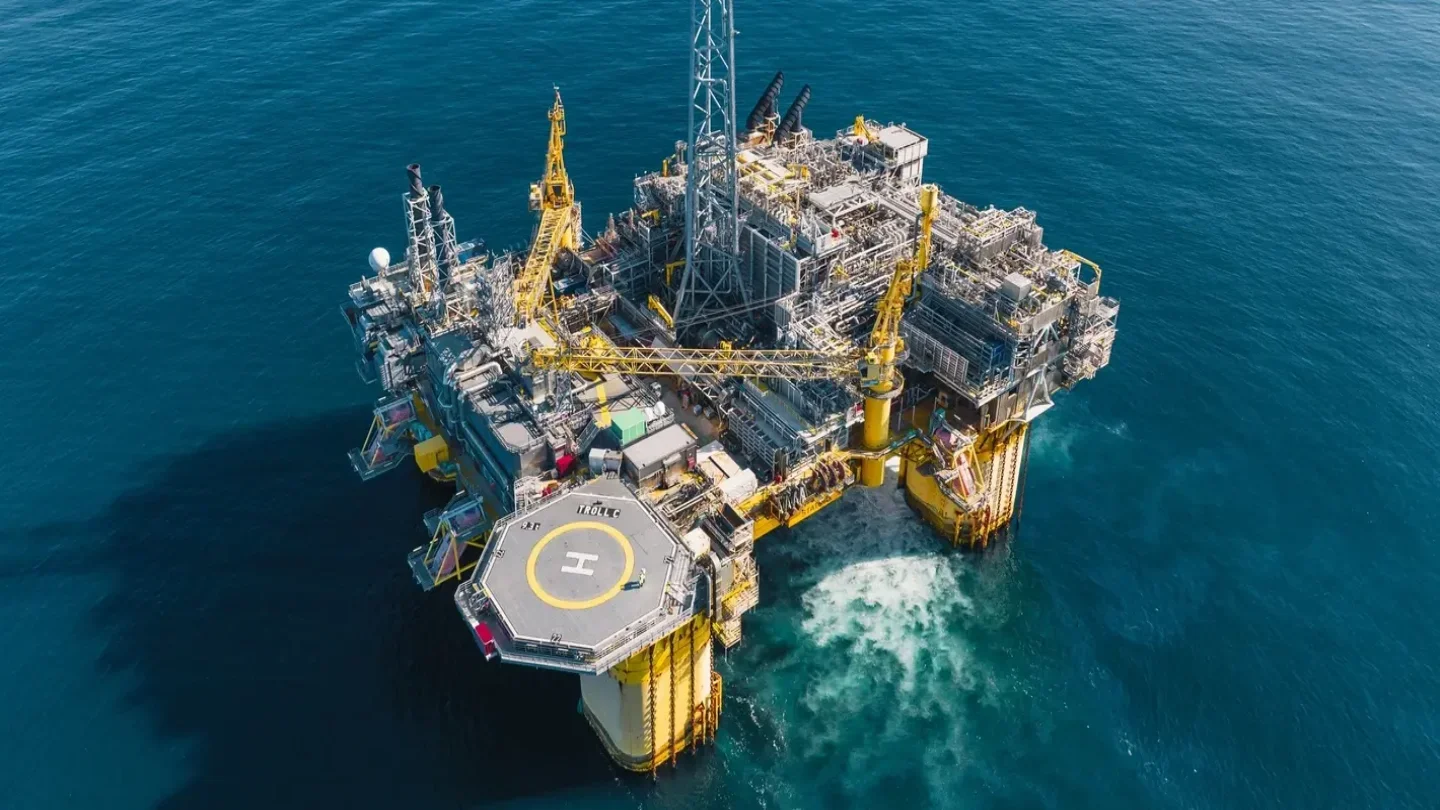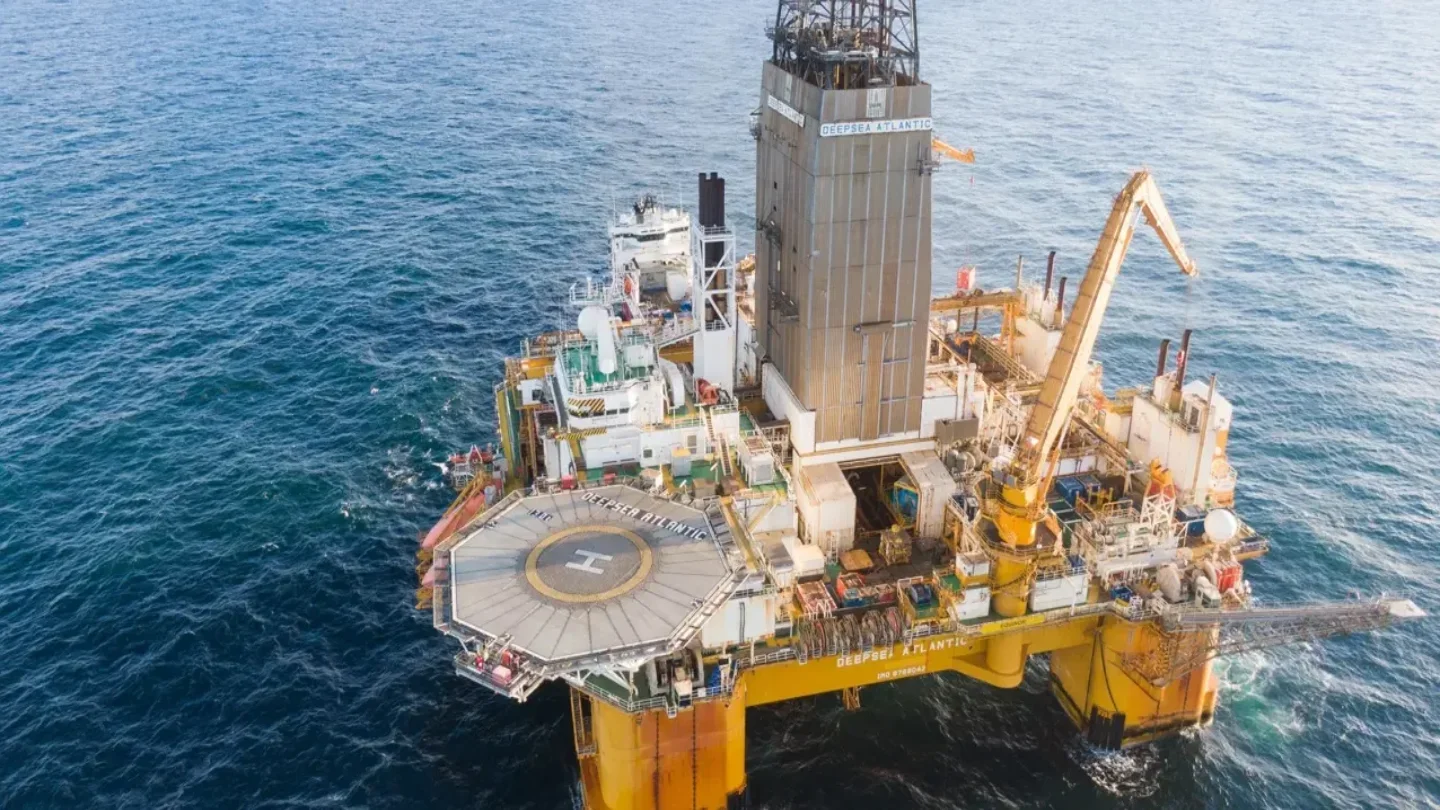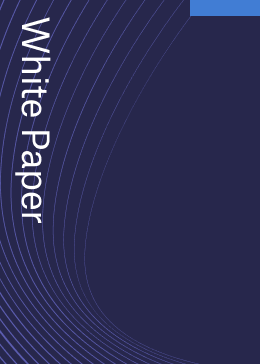Fram oil and gas field is located in Norwegian North Sea, around 20km north of the Troll field. It lies within block 35/11 of production licence 090 (PL090) at a water depth of 350m.
The PL090 licence, which was granted in 1984, is owned by Equinor Energy (45%, operator), Vår Energi (40%) and INPEX Idemitsu Norge (15%).
The offshore field was discovered in 1990. It is composed of two main structures- Fram Vest (Fram West) and Fram Øst (Fram East).
The plan for development and operation (PDO) for Fram West received approval in 2001, followed by Fram East in 2005.
Production commenced at Fram West and Fram East in 2003 and 2006, respectively.
In 2018, an additional NOK1.9bn was invested for accelerated recovery of resources in the Fram area.
Fram was expected to have a life until 2023 with a licence period slated to expire in 2024. The expansion extended field production to 2030 or longer.
Discovery and Geology
In 1990, exploration well 35/11-4 discovered the Fram field. The well was drilled to a total depth of 3,127m in the Early Jurassic Statfjord Formation by semi-submersible installation Yatzy.
It identified four hydrocarbon-bearing zones in the Jurassic age- in the Sognefjord Formation in the original hole and in the Sognefjord, Fensfjord Formations and Brent Group in the sidetrack hole.
The discovery was followed by drilling of three appraisal wells- one in 1991 and two in 1997.
Oil and associated gas are recovered from Middle Jurassic age sandstone situated in the Brent Group, and from Upper Jurassic sandstone in a marine fan system within the Draupne Formation and the shallow marine Sognefjord Formation.
The reservoirs are situated in multiple isolated, rotated fault blocks at depths ranging 2,300m-2,500m.
The Fram West reservoir was categorised as complex, while the reservoirs in Fram East were found to be of good quality.
According to Norwegian Petroleum, Fram field originally contained recoverable reserves of 66.3 million cubic metres of oil equivalent (Sm3 o.e). This included 43.7 million Sm3 o.e of oil, 19.5 million Sm3 o.e of gas and 3.1 million Sm3 o.e of natural gas liquids.
Fram Field Development
Fram Field was developed in two stages. Fram West and Fram East, both, included two subsea templates that are connected to Troll C platform.
Fram H-North and Byrding field developments represent the third template, and it is connected to Fram West.
In 2016, a PDO exemption for Fram C-East was approved. It included a long oil producer drilled from the B2-template on Fram East.
The offshore project secured another PDO exemption in 2018 for two wells in the Fram-East Brent reservoir, drilled from one of the existing templates on Fram Øst.
Hydrocarbons are extracted via pressure support from natural aquifer drive to produce from Fram East’s Brent and Sognefjord reservoirs, while pressure depletion method is used to produce from the Fram West reservoir.
The well stream is exported via pipeline to Troll C for processing. Oil is further transported via Troll Oil Pipeline II to Mongstad terminal, while the gas is exported via Troll A to Kollsnes terminal.
In 2020, an extra gas module on the Troll C platform became onstream for Fram field to optimise production.
Key Contracts
In November 2017, Aibel, which serves the energy industry, secured an Engineering, Procurement, Construction and Installation (EPCI) contract for a new gas module for the Troll C platform. The module enabled the platform to manage increased production from the Fram field.
Odfjell Drilling was contracted to provide drilling services at the offshore field.
Recent Developments
In November 2024, Equinor identified an oil and gas discovery near the Fram field containing between 13 and 28 million barrels of oil equivalent. The exploration well was drilled by the Deepsea Atlantic semi-submersible rig.
It is situated in a region within North Sea where 12 discoveries were made between 2018 and 2023.
An exploration well with a side-track was drilled in the Crino/Mulder prospect in 2023 discovered an asset hosting between 9 and 35 million barrels of oil equivalent. The site is around 4km west of the Fram field.
Equinor and its partner Wellesley discovered oil in January 2022 by drilling exploration wells 35/10-7 S and 35/10-7 A within Toppand prospect.
Another discovery confirmed in March 2021 contains 12 and 19 million standard cubic metres of recoverable oil equivalent.





